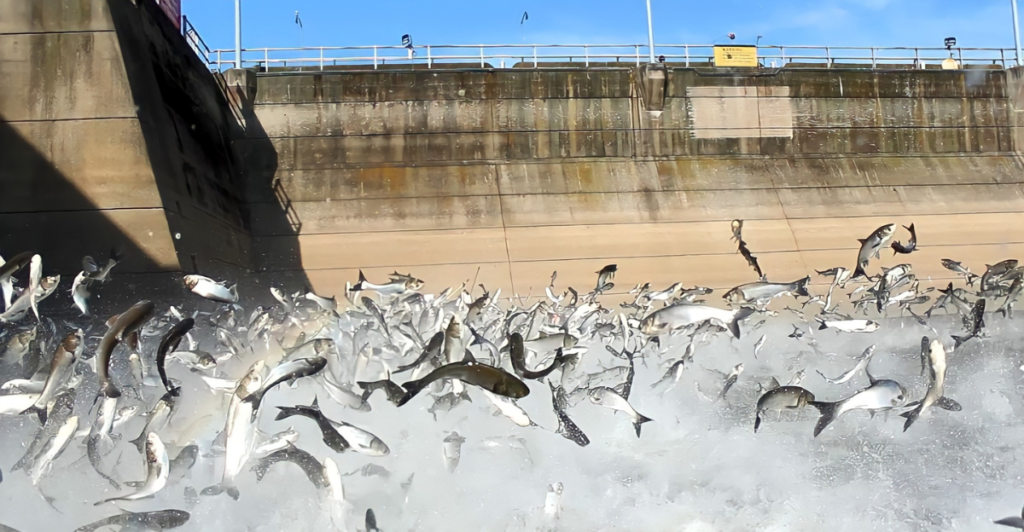
The removal of dams has emerged as a pivotal strategy in restoring river ecosystems and facilitating fish migration. Historically, dams have obstructed migratory routes, leading to significant declines in fish populations. Recent initiatives have demonstrated that dismantling these barriers can yield rapid and positive ecological outcomes.
For instance, removing the Elwha and Glines Canyon dams on Washington State’s Elwha River reopened over 70 miles of habitat, leading to the swift return of salmon and other species to their ancestral spawning grounds. Similarly 2023, Europe witnessed a record number of dam removals, with nearly 500 barriers eliminated, notably in France and Spain, enhancing river connectivity and biodiversity.
These cases underscore the profound impact of dam removals on revitalizing aquatic ecosystems and supporting the resurgence of migratory fish populations.
Historical Context: Dams and Their Ecological Consequences
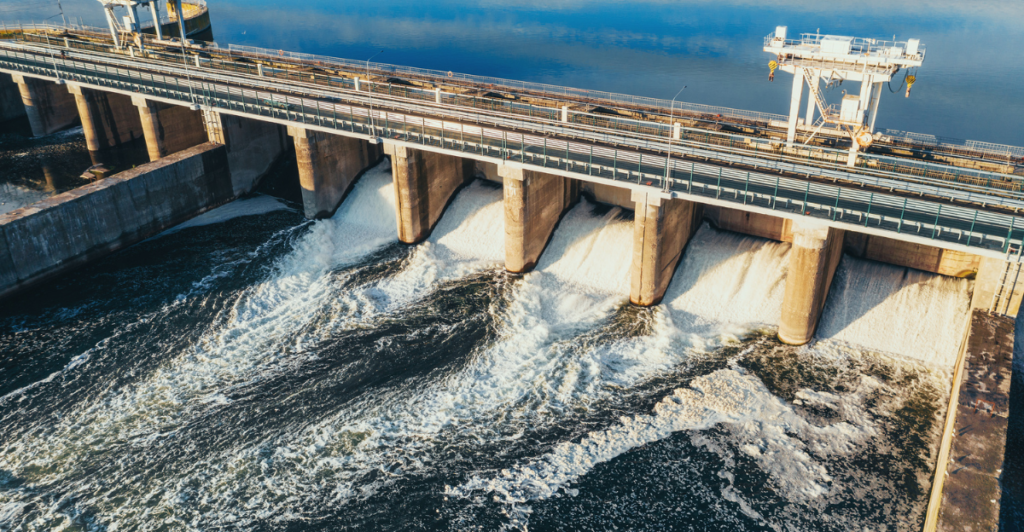
Dams have been constructed for centuries for hydroelectric power generation, irrigation, and flood control. While they have provided substantial human benefits, these structures have also led to unintended ecological consequences.
By altering natural water flows, dams disrupt sediment transport, degrade water quality, and fragment habitats. Notably, they impede the migratory paths of anadromous fish species like salmon and shad, preventing access to critical spawning and rearing habitats.
This habitat fragmentation has contributed to significant declines in fish populations, adversely affecting biodiversity and the livelihoods of communities dependent on these species.
Case Study: The Elwha River Restoration Project
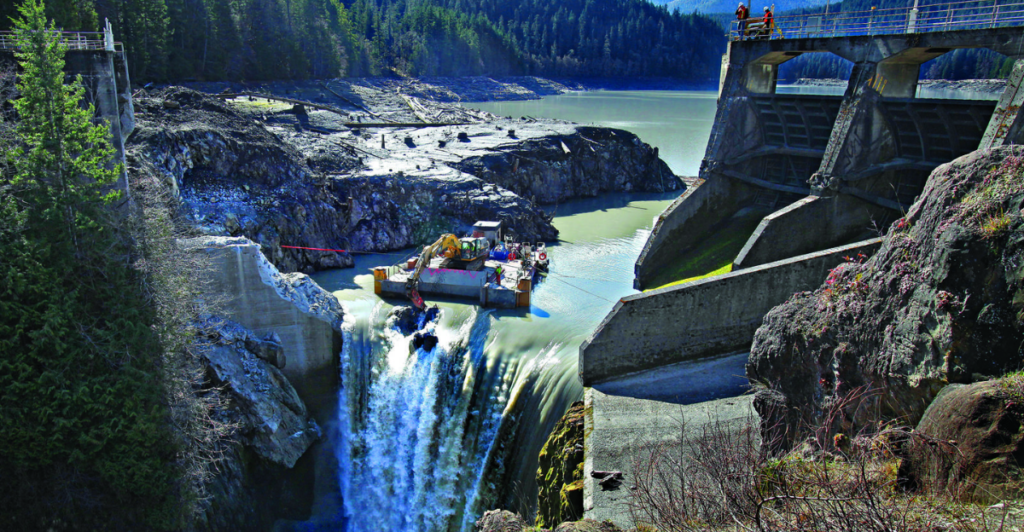
The Elwha River Restoration Project in Washington State is a landmark example of dam removal’s ecological benefits. Completed in 2014, the removal of the Elwha and Glines Canyon dams reopened over 70 miles of river habitat that had been inaccessible for nearly a century.
Post-removal monitoring revealed a swift recolonization by anadromous fish species, including Chinook salmon and steelhead.
The project also restored sediment transport processes, revitalized downstream habitats, and re-established native vegetation along the riverbanks, collectively enhancing the river’s ecological integrity.
European Initiatives: Reconnecting Rivers
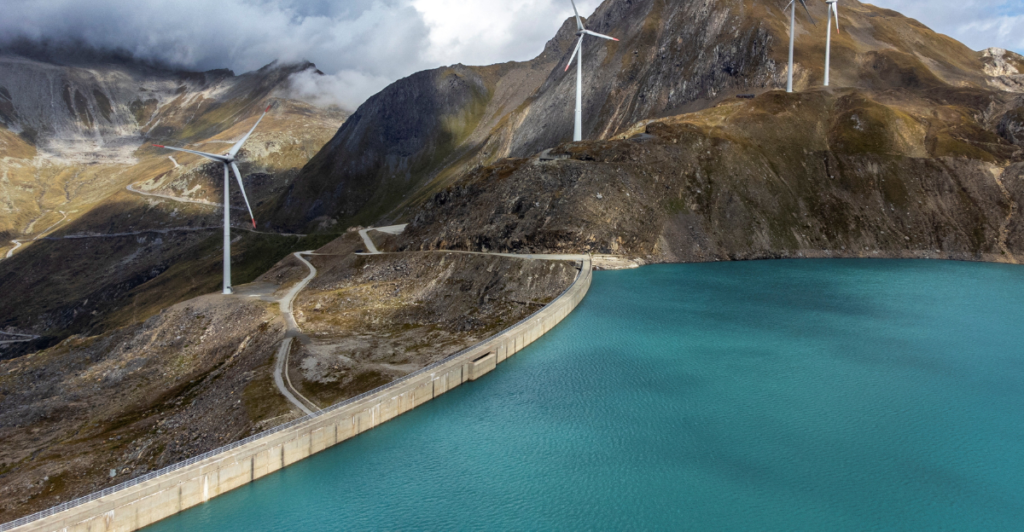
Europe has actively pursued river restoration through dam removals. In 2023, nearly 500 river barriers were dismantled across the continent, marking a 50% increase from the previous year.
France led these efforts with 156 removals, followed by Spain, Sweden, Denmark, and the UK. These actions have reconnected extensive river stretches, such as Finland’s Hiitolanjoki River, allowing migratory fish to access breeding grounds after over a century.
The European Union’s proposed nature restoration law aims to reconnect 25,000 kilometers of rivers by 2030, reflecting a strong commitment to restoring aquatic ecosystems.
Unexpected Ecological Changes Post-Dam Removal
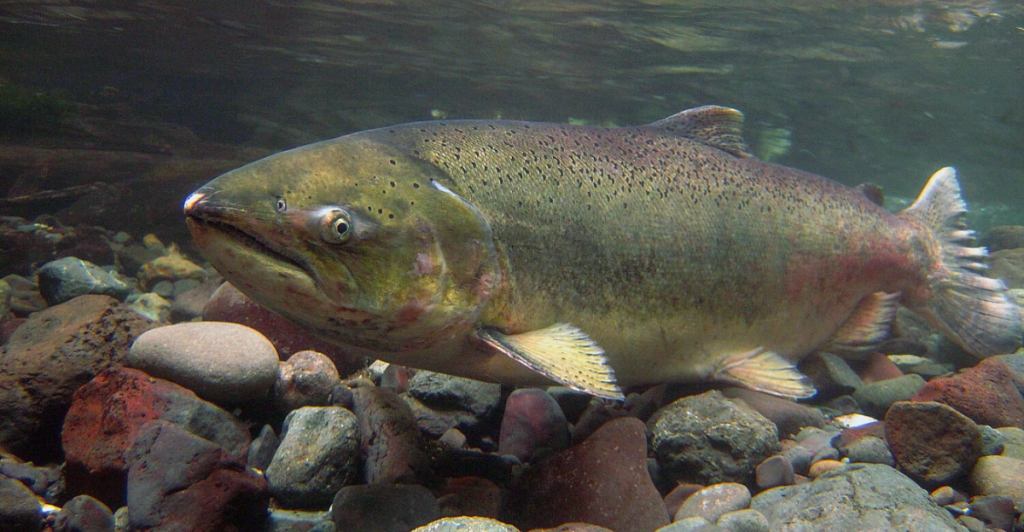
The removal of dams often leads to unforeseen ecological changes. For example, dismantling the Elwha River dams resulted in the rapid return of salmon and the reestablishment of native vegetation along the riverbanks.
Additionally, sediment trapped behind the dams was redistributed downstream, reshaping habitats and creating new ecological niches.
These dynamic responses highlight the complexity of river ecosystems and the need for comprehensive monitoring to understand and manage post-removal environmental trajectories.
Socioeconomic Implications of Dam Removals
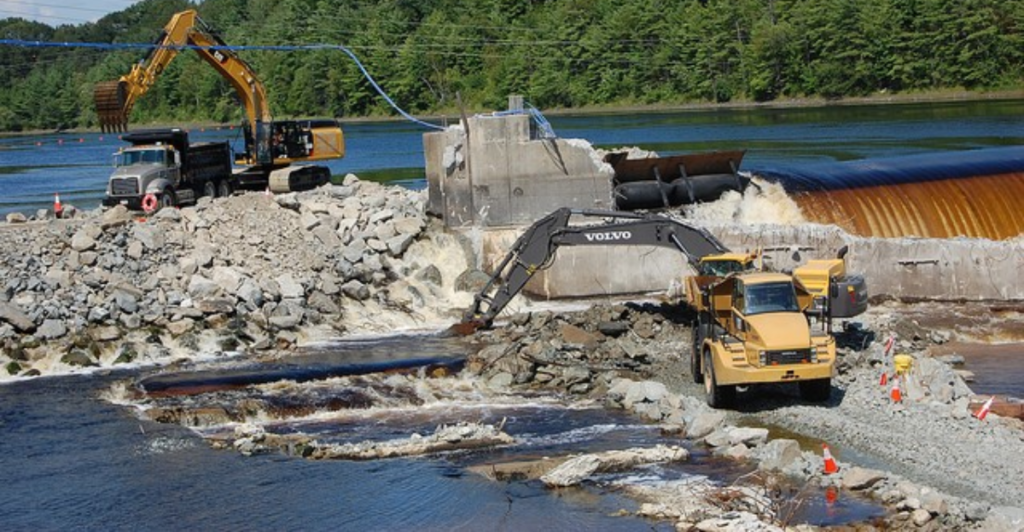
Beyond ecological benefits, dam removals can have significant socioeconomic impacts. Restored fisheries can bolster commercial and recreational fishing industries, benefiting local economies.
For instance, removing dams on the Penobscot River in Maine reopened over 3,200 kilometers of habitat, increasing fish populations and enhancing fishing opportunities.
Additionally, improved river connectivity can enhance recreational activities such as boating and tourism, contributing to community development and well-being.
Challenges and Controversies Surrounding Dam Removal
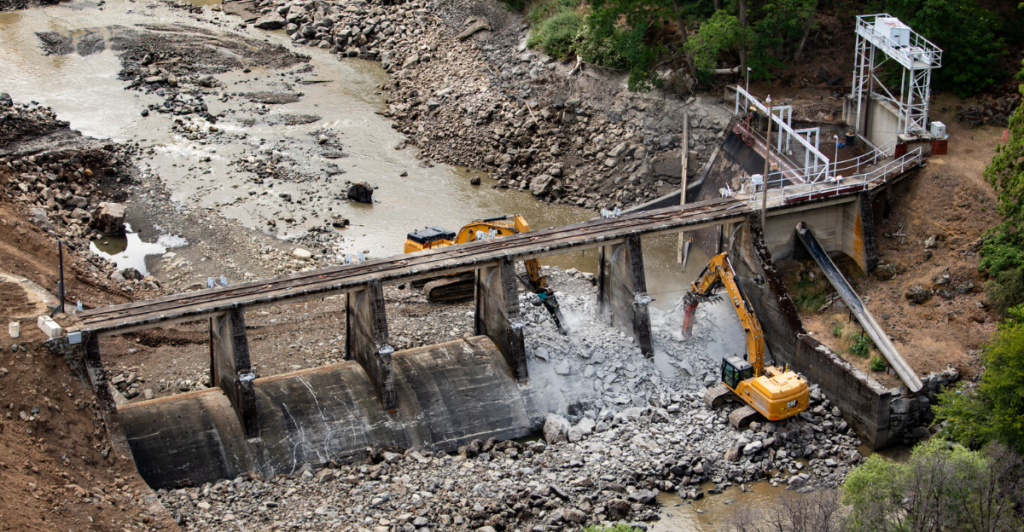
Despite the benefits, dam removal projects often face challenges and controversies. Stakeholders may have conflicting interests, with some advocating for ecological restoration and others concerned about the loss of hydroelectric power, water storage, or historical significance.
The removal process can also be complex and costly, requiring careful planning and considering potential impacts on local communities and ecosystems.
Effective stakeholder engagement and transparent decision-making processes are crucial for addressing these challenges and achieving successful outcomes.
The Role of Policy and Legislation

Policy and legislative frameworks play a critical role in facilitating dam removal initiatives. In the United States, environmental regulations such as the Clean Water Act and the Endangered Species Act have been instrumental in promoting river restoration efforts.
Similarly, the European Union’s Water Framework Directive aims to achieve good ecological status for water bodies, encouraging member states to undertake dam removal to restore river ecosystems.
These policies provide the legal basis and support necessary for implementing restoration projects.
Future Directions in River Restoration
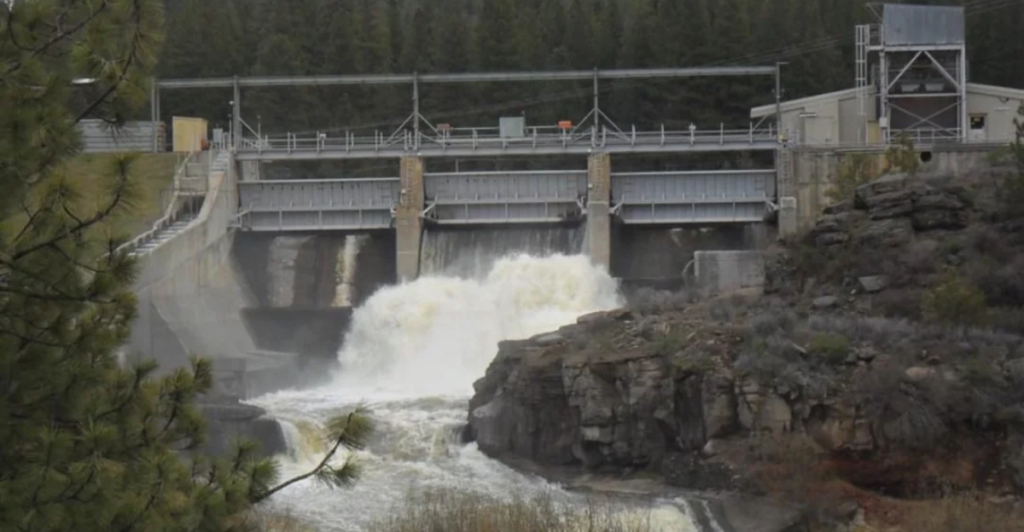
The growing recognition of the benefits of dam removal has spurred interest in river restoration globally. Future efforts will likely focus on prioritizing dams for removal based on ecological impact assessments, enhancing monitoring and research to understand long-term outcomes, and integrating climate change considerations into restoration planning.
Collaborative approaches that involve diverse stakeholders, including indigenous communities, environmental organizations, and governmental agencies, will be essential for advancing river restoration goals.
Embracing Adaptive Management

The removal of dams has proven to be a powerful tool for restoring river ecosystems and facilitating fish migration.
However, the complexity of ecological responses necessitates an adaptive management approach, where strategies are continually refined based on monitoring and new information. By embracing this approach, society can better navigate the challenges and opportunities associated.
Explore more of our trending stories and hit Follow to keep them coming to your feed!

Don’t miss out on more stories like this! Hit the Follow button at the top of this article to stay updated with the latest news. Share your thoughts in the comments—we’d love to hear from you!







